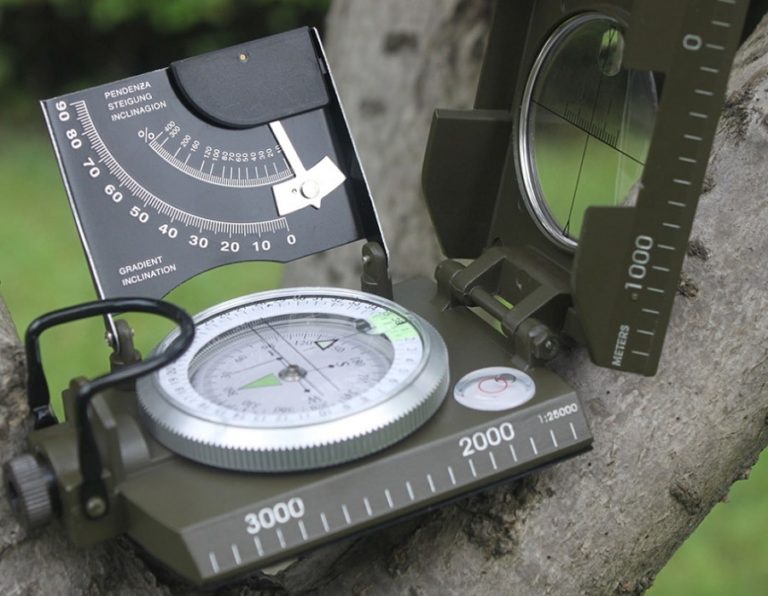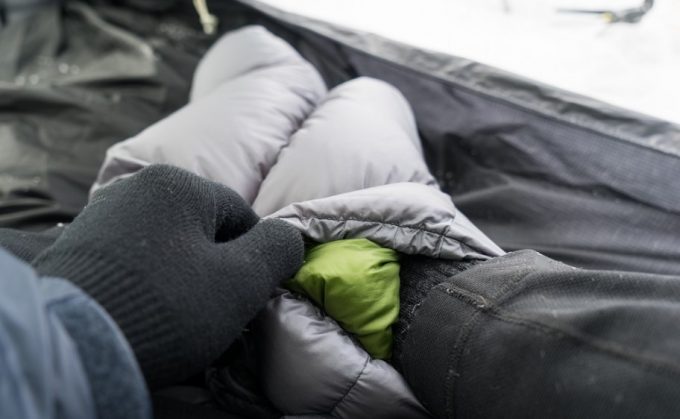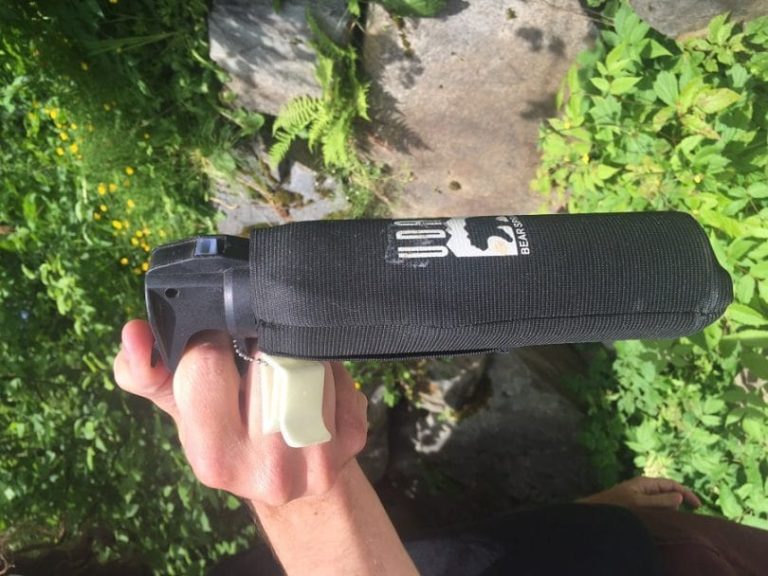Snake Bite First Aid: Things You Can Do Instead of Panicking
Getting bitten by a snake can be a rather scary experience, especially if you cannot immediately identify the species of snake that bit you. As humans, we are conditioned to believe that getting bitten is a terrifying ordeal and that, if the snake in question was venomous, a worst-case scenario will unfold. Luckily, the reality is quite the opposite, as long as someone knows snake bite first aid that is.
Rule One: Identifying the Snake
The first rule of snake bite first aid is to try to identify the species of snake that was responsible for the bite. You have to be careful while doing this, as you cannot risk putting either yourself or someone else in a situation where they could potentially be bitten too. You should never approach the snake, staying at a safe distance.
If you can, the safest way of identifying the snake involves taking a photograph, but you still need to ensure that you are not within striking distance of the snake while you do so. This identification is important, as it can help medical professionals a lot when it comes to choosing the right anti-venom, or finding out whether or not an anti-venom is needed.
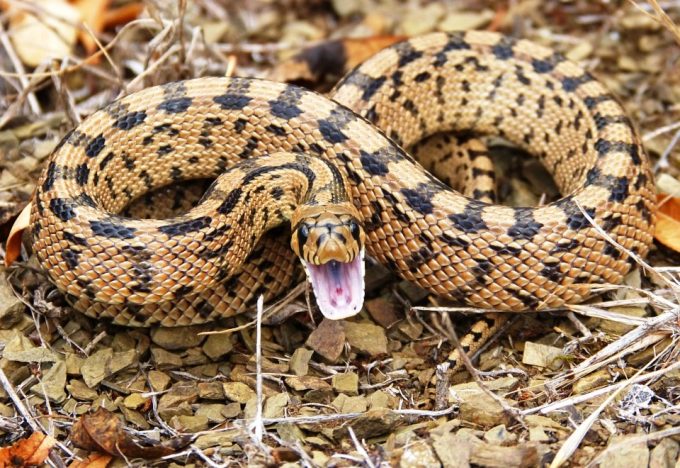
If it isn’t possible to take a photo of the snake, then you should try to note down some of the characteristics of the snake. Certain characteristics that can help professionals identify the species responsible include:
- How long did the snake appear to be? The length of the snake is something that a lot of professionals can use to narrow down the list of species that could have been responsible. This does not mean that you need to approach the snake with a tape measure, usually ‘small’, ‘medium’, or ‘long’ will be enough.
- What shape was the snake? Noting down whether the snake appeared to be slender or thick can help narrow the list of potential suspects down even further.
- Did you notice anything specific about the shape of the snake’s head? This one can be tricky. A lot of snakes are known to flatten their heads the minute that they feel threatened, making it difficult to spot the shape of their actual head. If you do notice anything that stands out to you, you should note it down. It might help.
One piece of information that herpetologists use a lot may be useful to you, if you have been bitten or if someone with you has been bitten. Chances are, you will only have seen the pupil of the culprit if you got a little bit too close, but that can be incredibly useful when it comes to snake identification. That does not mean that you should go chasing after the snake to make sure.
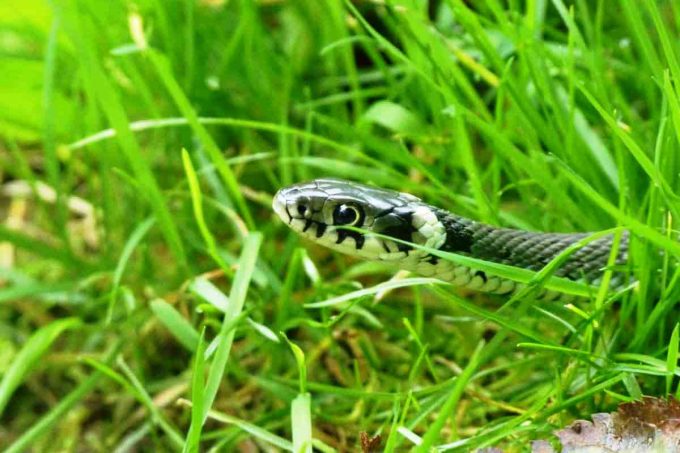
Non-venomous snakes have pupils that are very much like our own, round in shape with nothing striking about them. Whereas, venomous snakes have pupils that closely resemble those of a cat, as they are vertical in shape.
The most important thing to remember is that if you cannot identify the species of snake with 100% certainty, then you should treat the situation in a serious way. You should do this by assuming that the snake in question was venomous.
Treating a Venomous Snake Bite
A basic overview of treating a venomous snake bite can be broken down into two single steps:
- Call for medical attention, or arrange to get to a medical facility as quickly as possible.
- Try to keep the person who has been bitten calm while managing the time between the bite occurring and getting to the medical facility effectively.
Seeking medical attention immediately is really important if a person has been bitten by a potentially venomous snake, as the situation can only really be resolved in a medical facility. Remember that most snake bites are not fatal, so try not to panic too much.
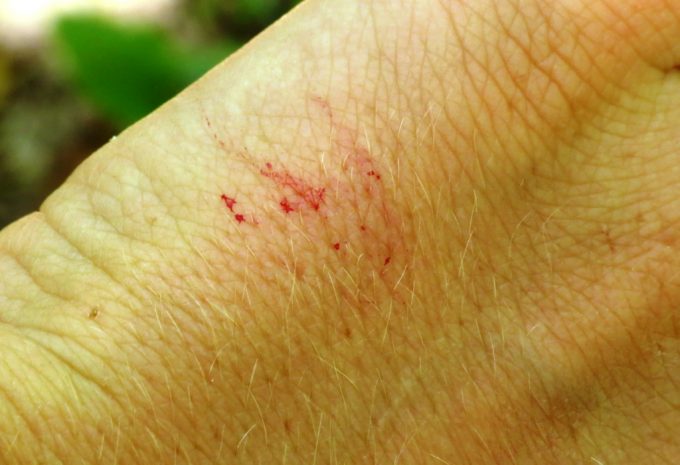
A proper facility will be able to use a necessary anti-venom and put a number of preventative measures in place, ensuring that the damage that is caused by the venom is kept to a minimum.
While waiting for medical attention, there are a number of different things that you can do. You can use the guide below to learn how to assess the situation, manage the situation and learn to keep calm.
Step 1: Moving away from the snake
Panic is known to ensue whenever a snake bite occurs, mostly due to the inherent fear that we have of worst case scenarios. Step one involves moving as far away from the snake as possible, as quickly as possible. If you are on your own, you should aim to be at least 20 feet away. The same goes for a group, where everyone should move away from the snake, regardless of whether or not they have been bitten.
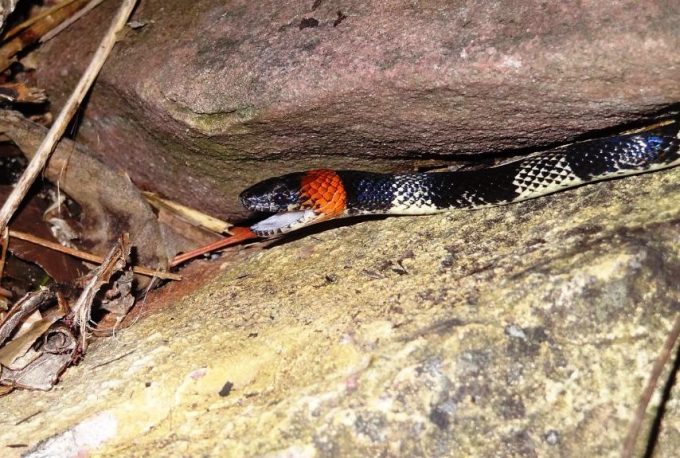
This is because snakes are known to bite when they feel threatened and the snake could still consider you, or the people that you are with, to be a threat. This could naturally lead to the snake striking twice and it is not a risk that anyone should take.
Step 2: Removing anything from near the bite wound
Step two involves ensuring that any jewelry that is near the bite wound, or tightly fitted clothing that surrounds it, is removed quickly. This has to be done because snake bites are known to swell up a lot and anything in the area could quickly become too tight. This is when your blood circulation could be affected, something that has to be kept as normal as possible in a situation like this.
Step 3: Grab a pen
This step is the most important step to follow if you are on your own when you get bitten, apart from contacting the emergency services before you start following this guide that is. You should use a pen to mark down the time at which you were bitten somewhere near the bite wound itself.

The pen also becomes useful as more time passes, as you can use it to draw around the swelling as the swelling increases, placing a time signature somewhere near each new ring. You should also use the pen to write down any symptoms that you are experiencing and the time at which they begin.
You might be questioning why it is important to do this. It is important because, if you have been bitten by a venomous snake, there is no guarantee that you will be either conscious or able to talk coherently by the time that the emergency services get to you. They can use your writing to create a timeline of events, ensuring that you get the best treatment possible for your situation.
Step 4: The rules of snake bite first aid
This step covers a basic overview of all of the things that you should do, and some of the things that you should not do, when dealing with a snake bite emergency and waiting for professional medical help.
- Make sure that the snake bite wound never goes above the person’s heart
For example, if you were bitten on your hand, it would be a bad idea to lift that arm up into the air and keep it there. The same goes for if you were bitten on your leg, where it would be a bad idea to lay down and lift that leg up into the air. Instead, you should keep your body as level as possible.
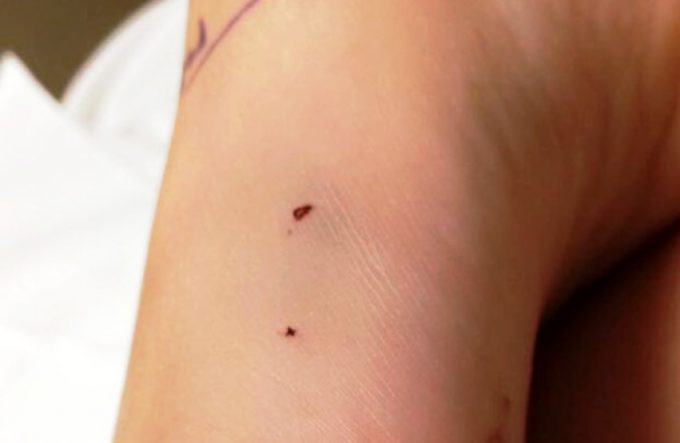
Some people believe that doing either of these two things can help with swelling and/or dizziness, both of which are true. But, doing either would also lead to the venom spreading around your body at a faster pace, a process that should ideally be kept as slow as possible.
- Staying calm is important
Anyone that has been bitten by a snake while out in the backcountry will be able to tell you just how difficult it actually is to stay calm. Your mind starts to race and come up with all of the worst possible outcomes that could occur as a result of the bite. That alone can make it difficult to keep a level head.

If you are on your own, then it helps to try to think logically about the situation. Remember that even in countries like Australia, where venomous snakes flourish, it is rare for a bite from a snake to be fatal. If you are with someone who has been bitten, then it becomes your job to try to keep said person calm. This is because panicking can affect people in two different ways:
- Emotional: When bitten by a snake, most people suffer from a form of overwhelming fear. This fear is natural as it has mostly been created by the media and the stories that we frequently hear about snakes. The problem is that panicking can cause a number of symptoms to manifest that could be mistaken for the bite itself, ranging from nausea and diarrhea to vertigo and tachycardia. These symptoms are all associated with emotions, but they can also be associated with snake bites.
- Physical: The physical problem with panicking is quite possibly the most dangerous, as it can cause a lot of problems. Panicking makes your heart beat faster, which in turn makes the venom spread throughout your body quicker, this can lead to the problem progressing at a much faster pace than it otherwise would.
There are a lot of different techniques that you could use to keep someone calm if they have been bitten by a snake. For example, talking to them about a completely different topic and asking them questions that only distract them for a few seconds can help a lot, even if it feels like they just jump straight back to thinking about the snake bite afterward.
- Staying still
If it is at all possible, you need to make sure that either yourself or the other person who has been bitten stay as still as possible. If the person who has been bitten does need to move, then you should try to minimise the amount of movement that the bite area is exposed to. This could be done by making a splint or creating a makeshift sling, depending on where the bite area is.
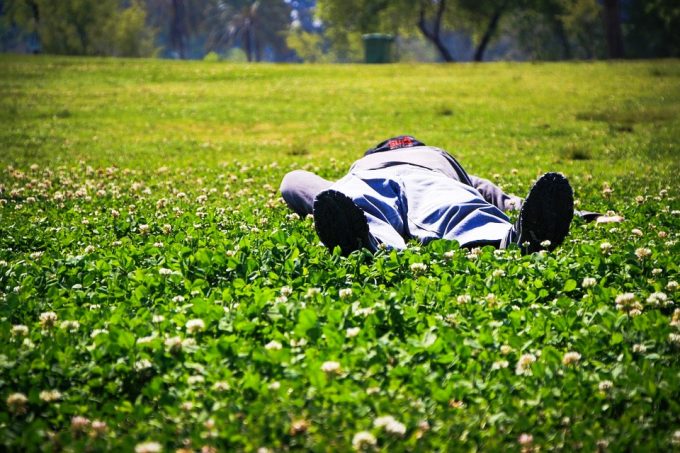
Realistically, it would be best if the person who has been bitten could just lay down and stay still until medical help arrives, as this will keep the rate at which the venom spreads to a minimum.
- Be careful when bandaging the wound
One thing that we are all taught to do when bandaging a wound is to ensure that the wound itself is perfectly clean before we actually start to apply the bandage. We need to forget this piece of knowledge when bandaging a snake bite.
Cleaning the wound can be disastrous, as medical professionals can actually use traces of venom from either the would or the bandage to identify the species of snake that was responsible. This leads to more efficient medical care as they can choose the right anti-venom straight away, opposed to using a trial and error method.
- Keep a close eye on any developing symptoms
Venomous snakes are known to cause an array of different symptoms when they do bite, ranging from a little bit of pain to full-blown respiratory failure. Most of the time, symptoms will start to develop straight away and begin to worsen as time passes. Making a note of these symptoms is incredibly important.

Keeping the person who has been bitten calm while waiting for medical help to arrive is the most important thing for you to do. But, you do have to intervene if certain situations arise. For example, if the person in question becomes dizzy then it is important to ensure that they are laying down in a comfortable position, it can help to lift their legs up slightly, as long as the bite would is not on that area of the body.
One of the most important times when you would definitely need to step in would be if full-blown respiratory failure did occur, where it would be important for you to start performing CPR immediately. You should never wait for medical help to arrive before doing this in the event of respiratory failure and you should not stop until help arrives.
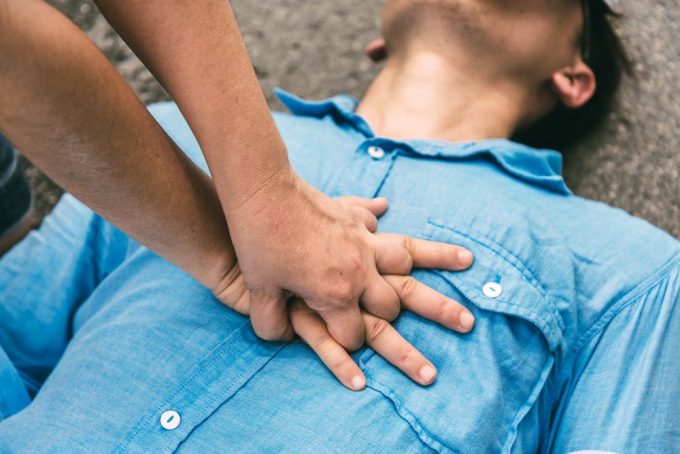
You also need to keep guard and watch for things like an altered perception of reality, when the person who has been bitten could start to unintentionally make the situation worse. When this occurs, a lot of people want to move around, you do have to intervene and try to make sure that this does not happen.
Step 5: Medical attention
The medical attention that you called for initially really is the most important aspect with regards to treating a backcountry snake bite. Professionals will be able to quickly put together a timeline of events, especially if all of the steps in our guide have been followed.

They will then be able to use this timeline of events and any other information that has been gathered to identify the species that was responsible for the bite wound. This will allow them to administer the correct anti-venom at a medical facility. It will also enable them to anticipate any further effects of the venom and put preventative measures into place.
Treating a Non-Venomous Snake Bite
Treating a non-venomous snake bite is actually a relatively easy thing to do. We would never advise you to assume that a backcountry snake is non-venomous if you have been bitten, but this method does work well with snakes that are kept as pets. You should be able to identify the specific species in this scenario, with no doubt in your mind about whether or not venom may have been injected.
Step 1: Getting the snake to let go
Before we start, it is worth remembering that most snakes will strike when threatened and then let go on their own, but this does not always happen. Some snakes like to hold on for a while, testing your patience as you have an urge to pull them off.
Most snakes have curved teeth, so attempting to pull them off would only result in further damage for you and some broken snake teeth. Rather than doing this, you should apply a little bit of pressure just behind the head of the snake. This should make the teeth come out, allowing you to pull the snake away from you.

Note: You have to be able to recognize why the snake is actually biting you so that you know how to handle the situation. You can spot why by watching what the snake does after it has bitten you, if it just bites and does nothing else then it is more than likely being defensive. However, if it bites and then starts to throw coils then you need to get it off of you as quickly as possible, as it shows intent.
Step 2: Cleaning a snake bite
- Start by irrigating the wound with clean water.
- Apply a mild anti-bacterial soap. It is really important not to use hydrogen peroxide, as that can damage healthy tissue.
- Start blotting the wound with a clean piece of cloth. Do not rub as friction could cause more damage.
- Unless there is a risk of cross-contamination, do not bandage the wound.
- Remember not to follow these steps if there is any risk that the snake could have been venomous!
Common Myths
There are a lot of common misconceptions when it comes to snake bite first aid, most of which have been popularized because of mainstream media. They include:
- Using a knife to cut the wound, to ‘release the venom’. Studies have proven that this method does more harm than good, as it presents a real risk of infection due to the unsterilized knife.
- Attempting to suck the venom out of the wound. This method only promotes the idea of further poisoning. The person sucking would be absorbing the venom through the mucous tissues in the mouth. The bacteria in the mouth could also cause further infection.
- Using a tourniquet to stop the venom spreading. The untrained use of a tourniquet generally results in the loss of a limb, so this method should never be used.
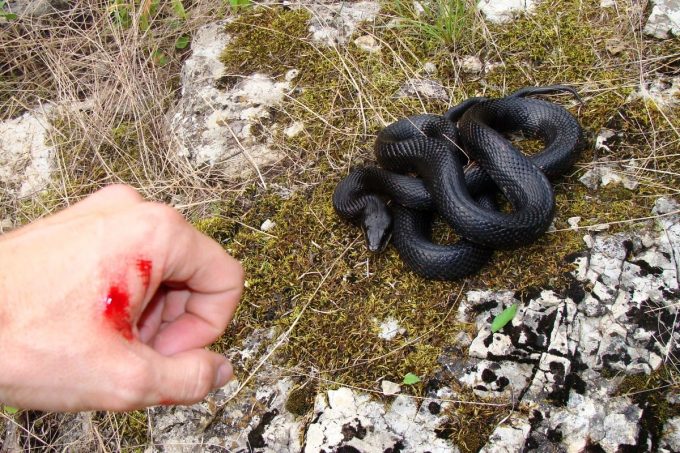
As tempting as these methods can be, studies have proven that they do not work effectively in real life situations. Rather than trying these, you should use your time to contact the emergency services.
Remember…
Remember that as scary as a snake bite may seem, not very many snake bites are actually fatal. Usually, fatalities only occur when medical attention is not available, which is why it is so important to contact someone immediately when a bite occurs. Make sure that you do everything that you can to keep the person who has been bitten calm and you really have already won half of the battle. Don’t forget preventative measures either!
Have you ever been bitten by a snake in the backcountry, or had to perform first aid for snake bites? We would love to hear about your stories in the comments below.


